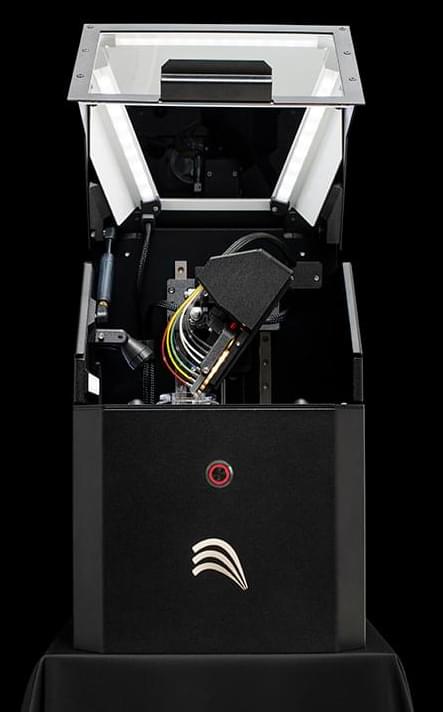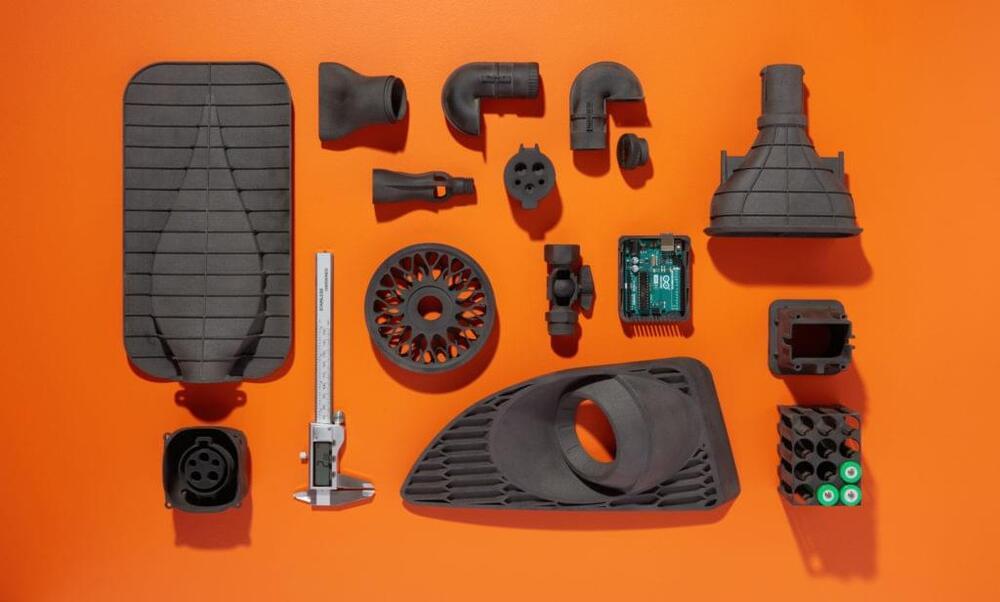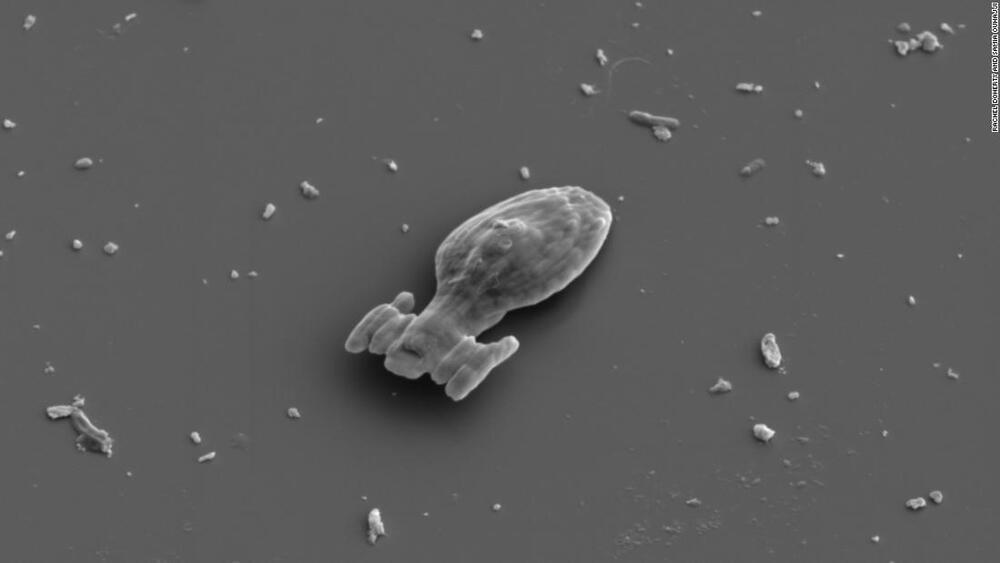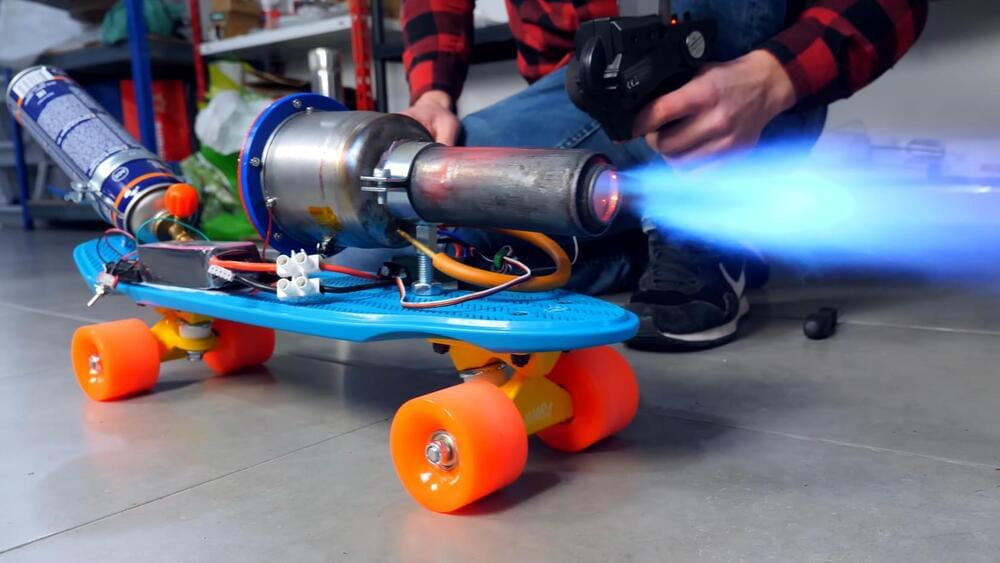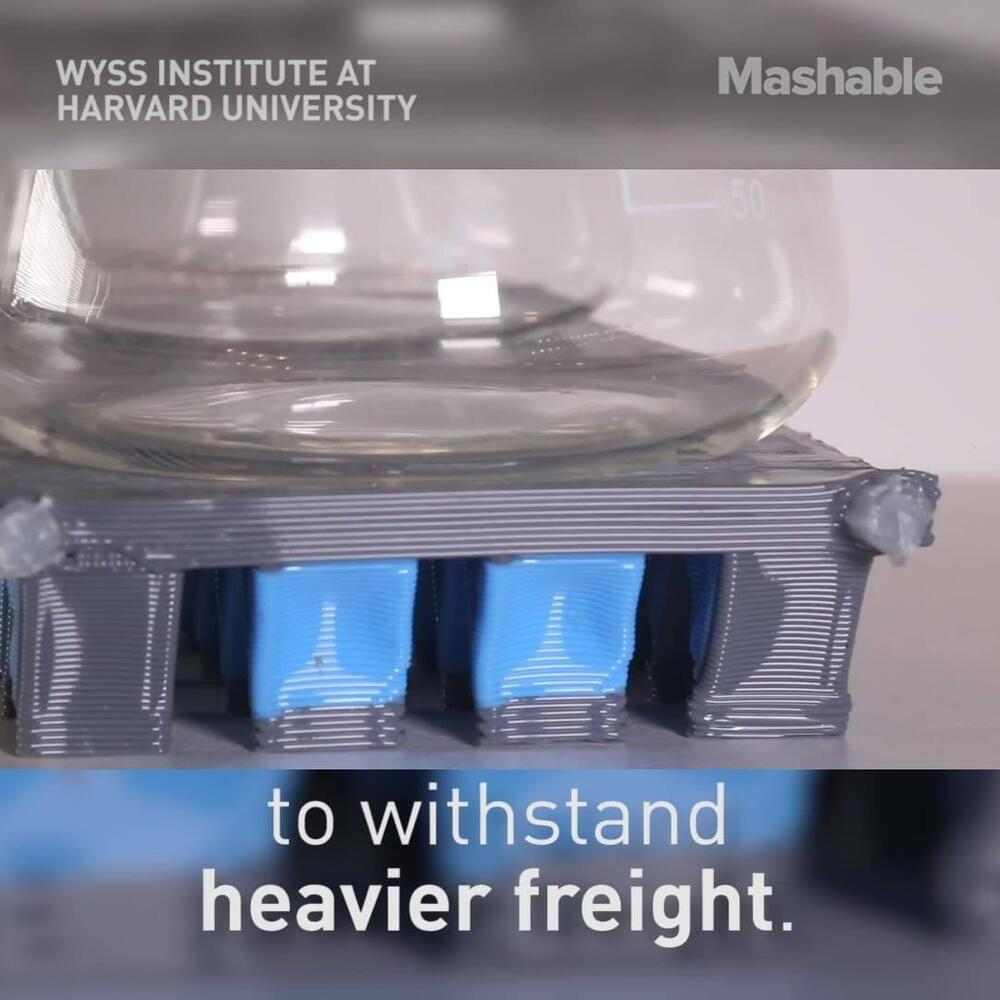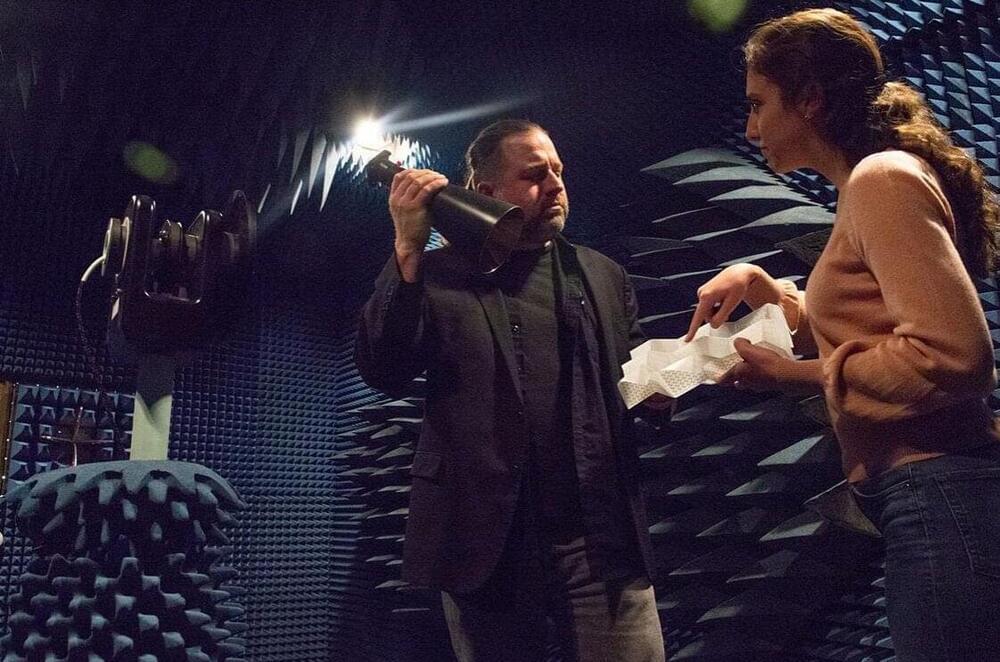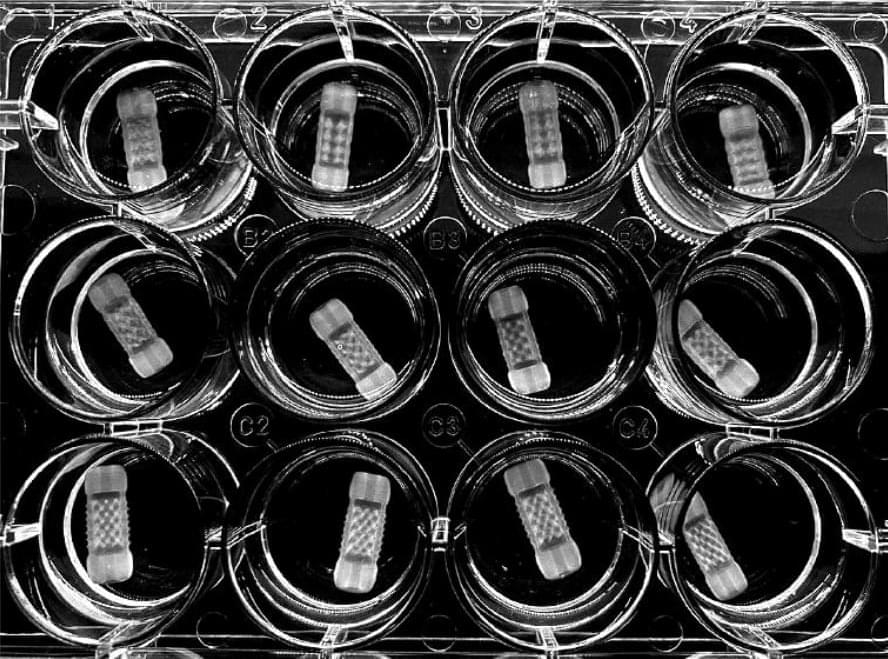Mar 11, 2022
Fluicell launches the Biopixlar AER 3D bioprinter — technical specifications and pricing
Posted by Shailesh Prasad in categories: 3D printing, bioprinting
Fluicell, a bioprinting firm based in Sweden, has launched its new high-precision 3D printer, the Biopixlar AER.
Intended as a successor to the original Biopixlar, the device is Fluicell’s second single-cell 3D bioprinting system. The company has designed its latest machine to be as compact and accessible as possible, and claims that it’s the world’s first microfluidic bioprinter that fits inside a standard flow hood or biosafety cabinet. This enables users to easily integrate it with other in vitro and 3D cell culture technologies.
Victoire Viannay, CEO of Fluicell, said, “With Biopixlar AER, we have reached a new important milestone and we can now offer a pioneering product, fully tailored to meet current and future needs in the rapidly accelerating life science and research sector.”
